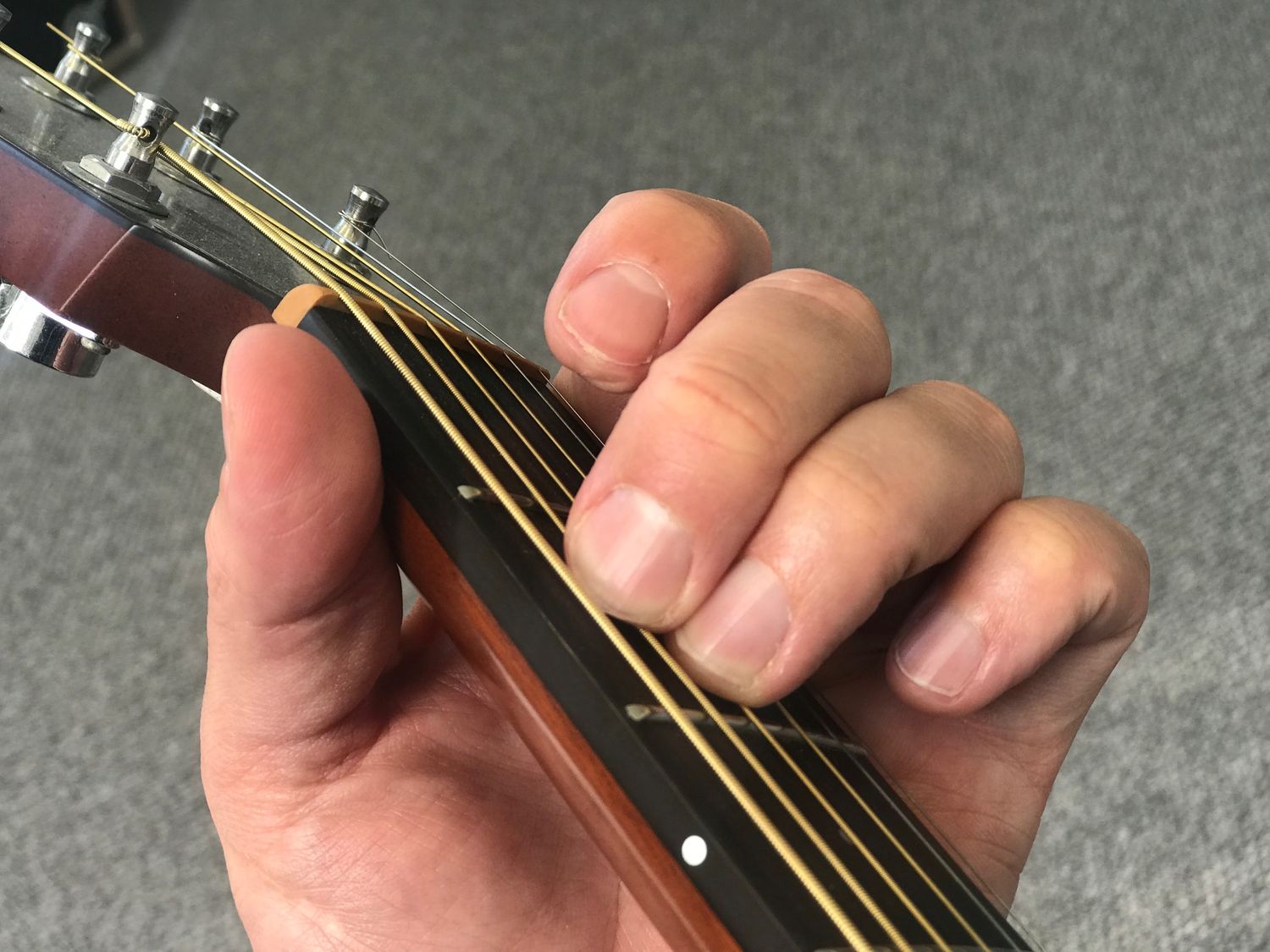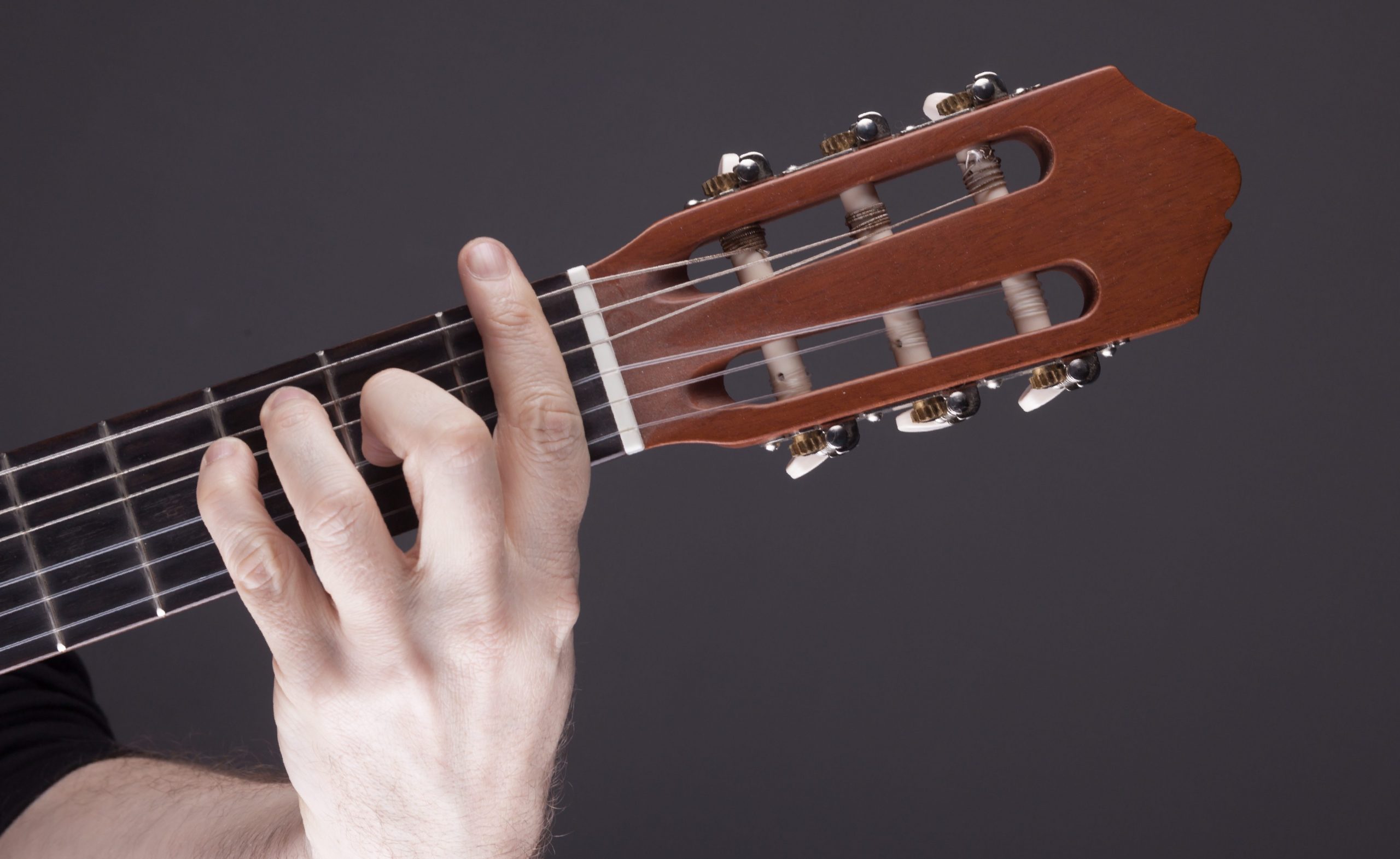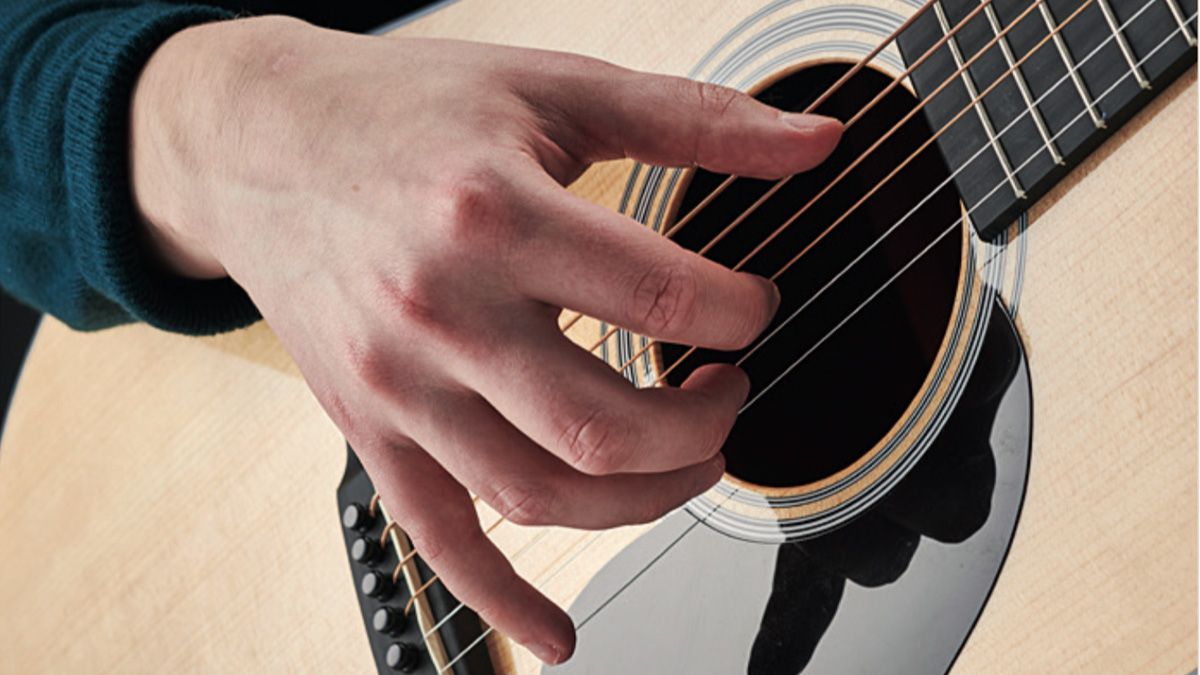Home>Instruments>Guitar>How To Play The Blues On Guitar


Guitar
How To Play The Blues On Guitar
Published: February 14, 2024
Learn how to play the blues on guitar with our step-by-step guide. Master essential techniques and start jamming today! Discover expert tips and tricks.
(Many of the links in this article redirect to a specific reviewed product. Your purchase of these products through affiliate links helps to generate commission for AudioLover.com, at no extra cost. Learn more)
Table of Contents
Introduction
Welcome to the world of blues guitar! Whether you're a beginner picking up a guitar for the first time or a seasoned player looking to delve into the soulful realm of blues music, this guide will equip you with the essential knowledge and techniques to master the art of playing the blues on guitar.
The blues genre has a rich history rooted in the African American experience, and it has significantly influenced the development of various musical styles, from rock and jazz to R&B and beyond. At the heart of blues music lies raw emotion, storytelling, and expressive guitar playing that captures the essence of life's joys and sorrows.
In this comprehensive guide, we'll explore the fundamental elements of playing the blues on guitar, including understanding the blues scale, mastering basic blues chords, unraveling the 12-bar blues progression, honing essential blues guitar techniques, and ultimately, bringing it all together to create soul-stirring blues music.
Whether you aspire to jam with fellow musicians, captivate audiences with your heartfelt performances, or simply find solace in the emotive melodies of the blues, this guide will serve as your roadmap to unlocking the captivating world of blues guitar.
So, grab your guitar, immerse yourself in the timeless sound of the blues, and let's embark on this enriching musical journey together. By the end of this guide, you'll be well on your way to expressing your innermost feelings through the evocative language of blues guitar.
Understanding the Blues Scale
The blues scale is the cornerstone of blues music and serves as the foundation for improvisation and creating soulful melodies on the guitar. Comprising six essential notes, the blues scale infuses the music with the characteristic blues sound, replete with expressive bends, slides, and emotive phrasing.
At its core, the blues scale is a pentatonic scale with an added chromatic note known as the “blue note,” which imparts the distinct melancholic and expressive quality synonymous with blues music. The intervals within the blues scale create a sense of tension and release, allowing guitarists to convey a wide range of emotions through their playing.
The blues scale is often expressed in the key of the song being played, allowing for seamless integration with the accompanying chords and backing tracks. It provides a versatile framework for crafting captivating guitar solos and improvisations, making it an indispensable asset for any aspiring blues guitarist.
Mastering the blues scale involves familiarizing oneself with its unique fingerings across the fretboard, internalizing its emotive nuances, and honing the ability to infuse each note with heartfelt expression. As you delve into the intricacies of the blues scale, you’ll discover its capacity to convey a spectrum of emotions, from poignant longing to unbridled exuberance, through the evocative language of the guitar.
By internalizing the blues scale and integrating it into your musical repertoire, you’ll gain the ability to articulate your innermost feelings and experiences through the captivating medium of blues guitar. As we delve deeper into the world of blues guitar, the blues scale will continue to serve as a vital tool for channeling raw emotion and crafting compelling musical narratives.
Basic Blues Chords
When it comes to playing the blues on guitar, mastering a repertoire of basic blues chords is essential for laying the harmonic groundwork of blues compositions. These foundational chords form the backbone of blues progressions and provide a solid framework for both rhythm playing and improvisation.
The 12-bar blues, a ubiquitous chord progression in blues music, often features three primary chords: the I, IV, and V chords. In the key of E, for instance, these chords correspond to E, A, and B, respectively. These chords are typically played as dominant 7th chords, infusing the progression with a characteristic bluesy flavor.
One of the most iconic blues chords is the dominant 7th chord, characterized by its soulful and expressive sound. This chord’s distinctive tonality, achieved by adding a flattened 7th note to the major triad, contributes to the evocative nature of blues music. Additionally, the 9th, 13th, and augmented 9th chords are often employed to introduce rich harmonic textures and colorations into blues compositions.
Mastering these basic blues chords involves developing proficiency in transitioning between chord shapes, understanding their harmonic relationships within the 12-bar blues progression, and internalizing their characteristic tonal qualities. As you familiarize yourself with these foundational blues chords, you’ll gain the ability to infuse your playing with the authentic blues sound that resonates with audiences and fellow musicians alike.
Furthermore, exploring variations of these fundamental chords, such as extended and altered voicings, empowers guitarists to add depth and complexity to their harmonic palette, enabling them to craft compelling and dynamic blues accompaniments and solos.
By honing your command of basic blues chords and their variations, you’ll lay a solid harmonic foundation for your blues guitar journey, unlocking the expressive potential of these timeless chord voicings and enriching your musical vocabulary in the captivating realm of blues music.
12-Bar Blues Progression
The 12-bar blues progression stands as a quintessential framework that underpins countless blues compositions, serving as a canvas for emotive storytelling and expressive guitar playing. This foundational structure provides a roadmap for navigating the harmonic landscape of blues music, guiding musicians through a sequence of chords that encapsulate the genre’s raw intensity and evocative allure.
At its core, the 12-bar blues progression follows a time-honored sequence of chords, typically spanning 12 measures. The progression revolves around the I, IV, and V chords, each occupying a specific number of measures within the framework. This structured arrangement lays the groundwork for the ebb and flow of tension and release that defines the emotional depth of blues music.
One of the defining characteristics of the 12-bar blues progression is its inherent flexibility, allowing for creative interpretation and embellishment while retaining its unmistakable identity. Guitarists often incorporate melodic variations, rhythmic embellishments, and expressive phrasing within the progression, infusing it with their unique musical personality.
Furthermore, the 12-bar blues progression serves as a launchpad for improvisation, enabling guitarists to explore melodic motifs, articulate emotive bends and slides, and craft soul-stirring solos that resonate with the listener’s soul. This improvisational freedom within the 12-bar blues framework empowers musicians to channel their innermost emotions and experiences through the language of the guitar.
As you delve into the intricacies of the 12-bar blues progression, you’ll uncover its timeless appeal and enduring relevance in the realm of blues guitar. Whether you’re strumming through a traditional 12-bar blues or infusing it with contemporary flair, this foundational progression remains a steadfast companion in your musical journey, offering boundless opportunities for creative expression and heartfelt storytelling.
Blues Guitar Techniques
Mastering blues guitar techniques is essential for capturing the essence of the genre’s emotive storytelling and soulful expression. From emotive bends and expressive vibrato to dynamic phrasing and rhythmic nuances, these techniques imbue blues music with its signature character and evoke a profound emotional response from the listener.
Bends and vibrato are integral to the blues guitar vocabulary, allowing players to infuse each note with nuanced expression and vocal-like qualities. By bending strings to subtly alter pitch and applying controlled vibrato, guitarists evoke a sense of longing, passion, and raw emotion, breathing life into every note they play.
Another hallmark of blues guitar is the use of slides, which involve smoothly transitioning between notes, infusing melodies with a fluid and seamless quality. Whether employed for melodic embellishments or evocative transitions, slides add depth and personality to blues guitar playing, enriching the musical narrative with captivating nuances.
Rhythmic techniques such as staccato accents, syncopated rhythms, and percussive strumming patterns contribute to the infectious groove and dynamic energy that define blues music. These rhythmic elements create a compelling backdrop for blues compositions, driving the music forward and engaging listeners with their infectious pulse.
Furthermore, the art of phrasing plays a pivotal role in blues guitar, allowing musicians to articulate their musical ideas with eloquence and conviction. Crafting expressive and memorable phrases involves a delicate interplay of dynamics, articulation, and melodic contour, enabling guitarists to convey a rich tapestry of emotions through their playing.
As you delve into the realm of blues guitar techniques, embracing these expressive tools will empower you to communicate profound narratives, evoke visceral emotions, and captivate audiences with the evocative language of the blues. By honing these techniques, you’ll enrich your musical repertoire, breathe life into your performances, and embark on a transformative journey through the soul-stirring world of blues guitar.
Putting It All Together: Playing the Blues
Now that we’ve explored the fundamental building blocks of blues guitar, it’s time to embark on the exhilarating journey of playing the blues. As you integrate the blues scale, basic chords, 12-bar blues progression, and essential techniques into your musical arsenal, you’ll unlock the ability to weave captivating narratives, express profound emotions, and immerse yourself in the timeless art of blues guitar.
When playing the blues, authenticity and emotion take precedence, transcending technical prowess to convey the depth of human experience. Infuse each note with intention and feeling, allowing the music to resonate with the shared joys and sorrows that define the human condition.
Embrace the freedom of expression inherent in blues guitar, allowing your playing to reflect your individuality and experiences. Whether through poignant bends, soulful vibrato, or dynamic phrasing, imbue your music with a piece of your soul, forging a profound connection with your audience.
As you navigate the 12-bar blues progression, seize the opportunity for improvisation and personal interpretation. Let your creativity flourish as you explore melodic motifs, inject expressive nuances, and unleash soul-stirring solos that reflect your unique musical identity.
Furthermore, embrace the collaborative spirit of blues music by engaging in jam sessions and sharing the stage with fellow musicians. The collective energy and spontaneous interplay of ideas fuel the heart of blues guitar, creating an enriching musical dialogue that transcends individual expression.
Ultimately, playing the blues is a transformative experience that transcends technical proficiency, inviting you to channel your innermost emotions, experiences, and aspirations through the evocative language of the guitar. As you immerse yourself in the soul-stirring world of blues guitar, embrace the power of storytelling, the allure of improvisation, and the profound connection forged between musician and listener.
So, pick up your guitar, delve into the rich tapestry of blues music, and let your playing resonate with the timeless echoes of the blues. By putting it all together and infusing your music with authenticity and emotion, you’ll embark on a deeply fulfilling and enriching journey through the captivating realm of blues guitar.











